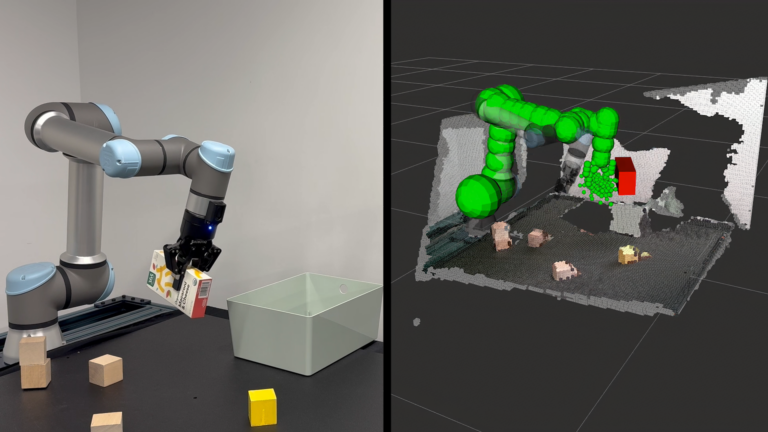
At CES 2025, NVIDIA announced key updates to NVIDIA Isaac, a platform of accelerated libraries, application frameworks, and AI models that accelerate the development of AI robots. NVIDIA Isaac streamlines the development of robotic systems from simulation to real-world deployment. In this post, we discuss all the new advances in NVIDIA Isaac: NVIDIA Isaac Sim is a reference��
]]>
Join Isaac ROS engineers and the founder of Open Navigation to explore the new Nav2 autonomous docking feature.
]]>
The application of robotics is rapidly expanding in diverse environments such as smart manufacturing facilities, commercial kitchens, hospitals, warehouse logistics, and agricultural fields. The industry is shifting towards intelligent automation, which requires enhanced robot capabilities to perform functions including perception, mapping, navigation, load handling, object grasping��
]]>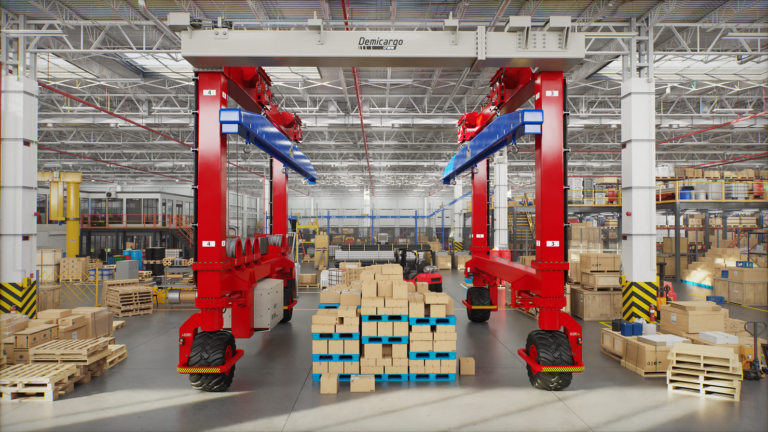
For robotic agents to interact with objects in their environment, they must know the position and orientation of objects around them. This information describes the six degrees of freedom (DOF) pose of a rigid body in 3D space, detailing the translational and rotational state. Accurate pose estimation is necessary to determine how to orient a robotic arm to grasp or place objects in a��
]]>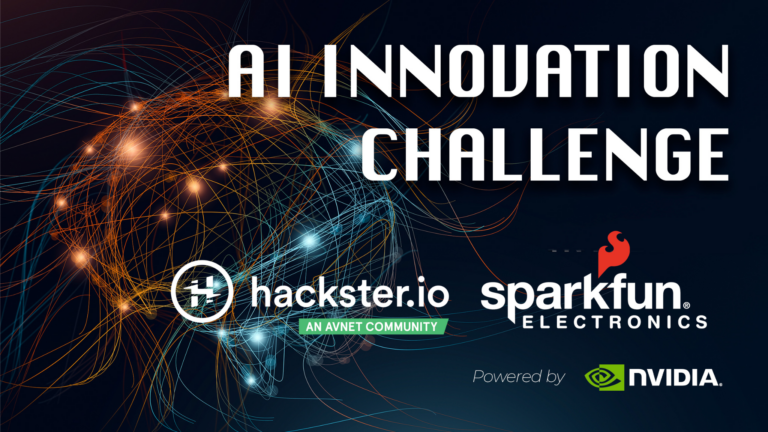
NVIDIA and SparkFun invite developers to build innovative AI applications using the NVIDIA Jetson. Enter now.
]]>
NVIDIA Isaac Transport for ROS (NITROS) is the implementation of two hardware-acceleration features introduced with ROS 2 Humble-type adaptation and type negotiation. Type adaptation enables ROS nodes to work in a data format optimized for specific hardware accelerators. The adapted type is used by processing graphs to eliminate memory copies between the CPU and the memory accelerator.
]]>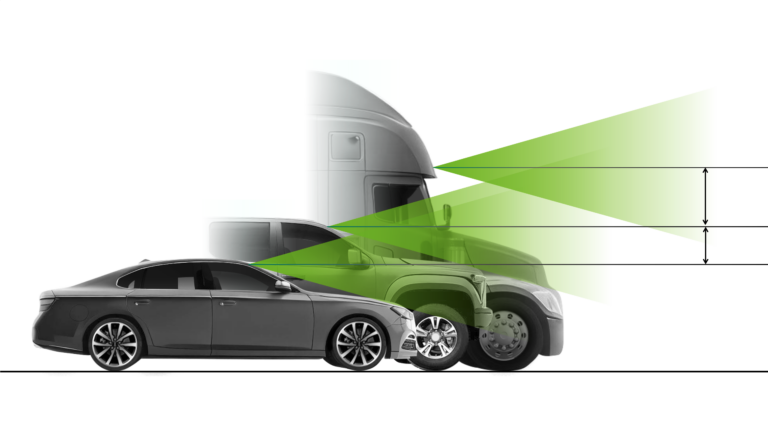
Autonomous vehicles (AV) come in all shapes and sizes, ranging from small passenger cars to multi-axle semi-trucks. However, a perception algorithm deployed on these vehicles must be trained to handle similar situations, like avoiding an obstacle or a pedestrian. The datasets used to develop and validate these algorithms are typically collected by one type of vehicle�� for example sedans��
]]>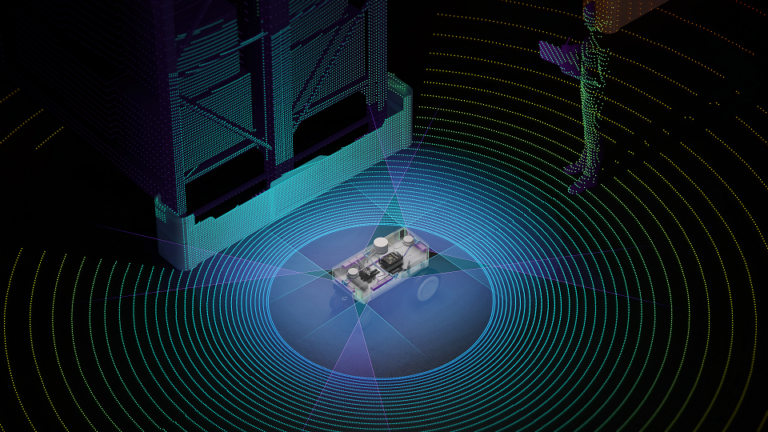
NVIDIA announced major updates to the NVIDIA Isaac Robotics platform today at ROSCon 2023. The platform delivers performant perception and high-fidelity simulation to robotics developers worldwide. These updates include the release of NVIDIA Isaac ROS 2.0 and NVIDIA Isaac Sim 2023.1 and perception and simulation upgrades that simplify building and testing performant AI-based robotic applications��
]]>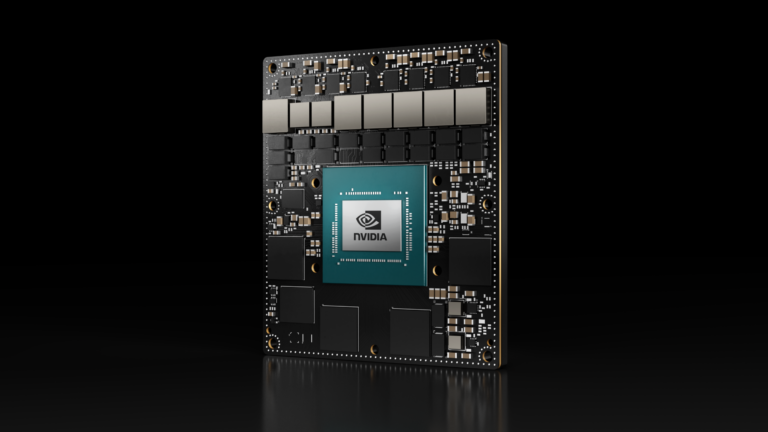
The camera module is the most integral part of an AI-based embedded system. With so many camera module choices on the market, the selection process may seem overwhelming. This post breaks down the process to help make the right selection for an embedded application, including the NVIDIA Jetson. Camera module selection involves consideration of three key aspects: sensor��
]]>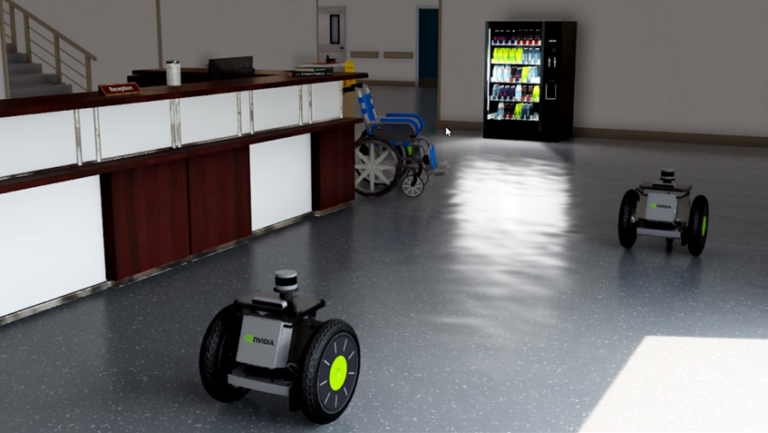
The need for a high-fidelity multi-robot simulation environment is growing rapidly as more and more autonomous robots are being deployed in real-world scenarios. In this post, I will review what we used in the past at Cogniteam for simulating multiple robots, our current progress with NVIDIA Isaac Sim, and how Nimbus can speed up the development and maintenance of a multi-robot simulation with��
]]>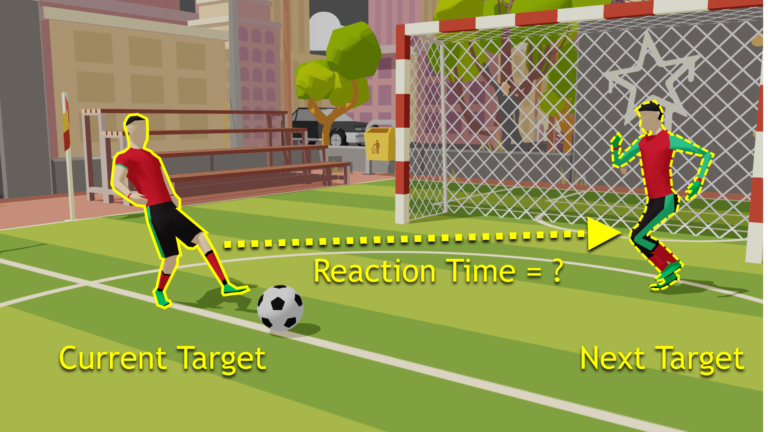
Imagine driving along a road and an obstacle suddenly appears in your path. How quickly can you react to it? How does your reaction speed change with the time of day, the color of the obstacle, and where it appears in your field of view? The ability to react quickly to visual events is valuable to everyday life. It is also a fundamental skill in fast-paced video games.
]]>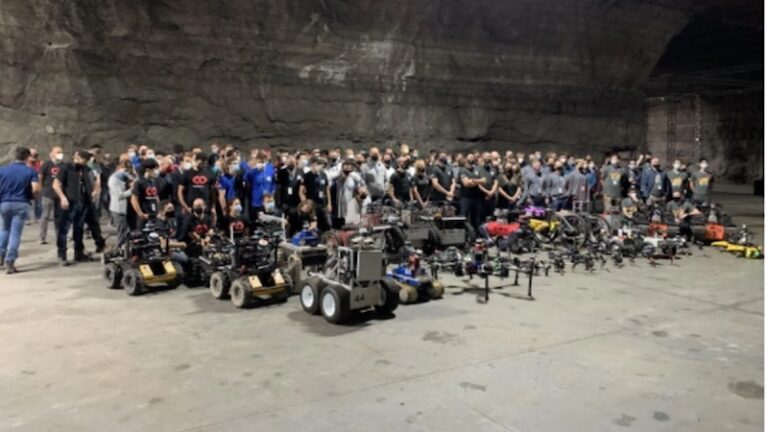
Performing real-time inference with high accuracy is a challenging task, especially in a poor-visibility environment. With NVIDIA Jetson embedded platforms, teams at the recently concluded Defense Advanced Research Projects Agency (DARPA) Subterranean (SubT) Challenge were able to detect objects of interest with both high accuracy and high throughput. In this post, we will cover the results��
]]>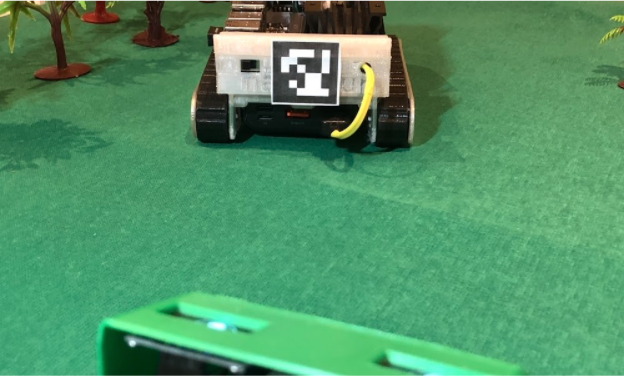
NVIDIA Isaac GEMs for ROS provides a set of GPU-accelerated packages for your ROS2 application, improving throughput on image processing and DNN-based perception models. These ROS2 packages are built from ROS2 Foxy, the first Long Stable Release (LTS) to come out of the robotics community. This post investigates how you can accelerate your robot��s deployment by implementing NVIDIA Isaac ROS��
]]>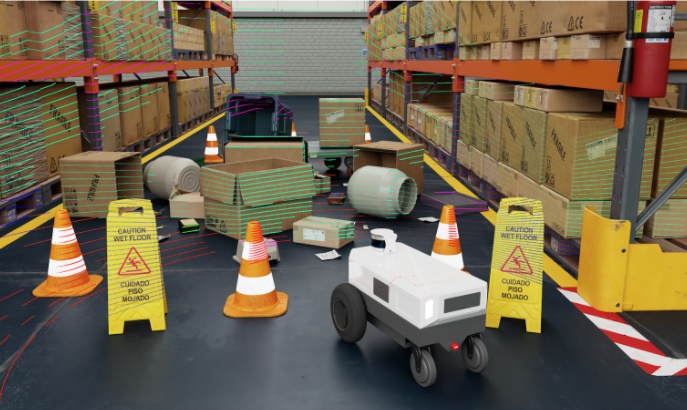
Perceiving and understanding the surrounding world is a critical challenge for autonomous robots. In conjunction with ROS World 2021, NVIDIA announced its latest efforts to deliver performant perception technologies to the ROS developer community. These initiatives will accelerate product development, improve product performance, and ultimately simplify the task of incorporating cutting-edge��
]]>